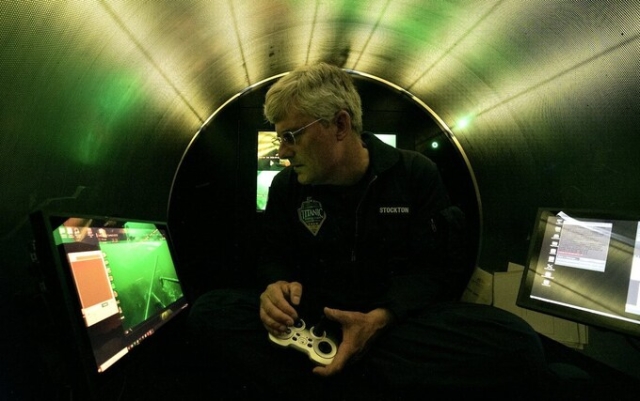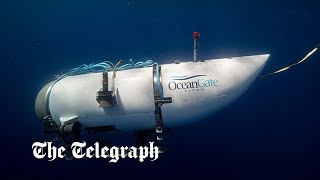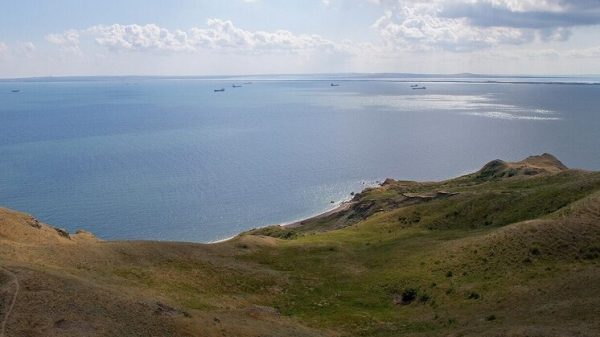 Stockton Rush said in one of his submersibles that he had an interest in exploration since childhood. Photo: Twitter
Stockton Rush said in one of his submersibles that he had an interest in exploration since childhood. Photo: Twitter
The founder of OceanGate, a company that searched for its missing submersible at the bottom of the Atlantic, dreamed of flying into space as a child.
Stockton Rush told the alumni magazine of Princeton University, where he studied mechanical and aerospace engineering: “I was interested in research. I thought it was space exploration. I thought it was Star Trek, 2001: A Space Odyssey and Star Wars… and then I realized it was all in the ocean.”
He became a cargo pilot at just 19 years old, flying Douglas DC-8s around the Middle East.
In the early eighties, Mr. Rush joined McDonnell Douglas as a flight test engineer for the F-15 Eagle Tactical Fighter. However, his dreams of becoming a fighter pilot were not destined to come true due to poor eyesight.
Even as a child, he was fond of construction, taking apart his teddy bear to study the internal mechanism by which the toy spoke. Later, he assembled a two-seater Glasair III in his garage.

In 2009, he founded OceanGate, which pioneered deep diving with crewed submersibles that can dive to a depth of nearly 20,000 feet. It has made OceanGate «the leading provider of crewed submarines for charter and scientific research» according to their website.
The company designs deep-sea submarines and organizes underwater expeditions, giving customers with deep pockets the opportunity to see parts of the ocean that few have ever seen. Guests aged 12 to 92 traveled on boats that could hold up to five people.
«We don't take tourists,» Mr. Rush told the Princeton Alumni Weekly. “We like to call them explorers because we are on a mission. The difference between an explorer and an adventurer is that the explorer documents what he is doing, while the adventurer just goes and beats his chest and tells his friends.”
He learned to scuba dive at 14 but told The Independent. that he longed for the experience of being warm and not worrying about hearing equalization.
“I wanted to sit on a submarine and watch crabs fight to the sounds of Mozart for two hours,” he said . .
Titanic Submarine «Titan»
Once he started heading into the depths of the ocean, he only wanted to go deeper.
He said: “Shallow diving equals surface experience. Commercial submarines are like going to Disneyland, not sailing the Grand Canyon on your own.”
There are countless fascinating wrecks lurking in the depths of the ocean that can provide valuable historical information,” he said. Princeton's Alumni Weekly.
He added: «Part of what we're doing is making people realize that most of human history is underwater. If you think in terms of archeology, if you had a caravan of treasures — records, books, gold or something else — and you were snowed into the passes of Mongolia, it would all be stolen, plundered.
«If you were on a ship carrying King Herod's property to Rome and sank, [it] is still there.»
 Aboard one of OceanGate's vessels that can accommodate up to five people. Photo: OceanGate
Aboard one of OceanGate's vessels that can accommodate up to five people. Photo: OceanGate
Dive to the bottom of the ocean in a custom-made submarine may not be cheap, but the experience is priceless, he said.
«You can get the best images of the Mona Lisa in the world, you can get the perfect images of the Acropolis,» he said, adding that to fully appreciate them, «you have to go there.»
The temptation to explore the Titanic was irresistible. «There's only one thing underwater that billions of people know about, know where it is, and a lot of people want to go there: the Titanic,» he told Oceanographic Magazine.
























































Свежие комментарии